4 Common Comma MISTAKES
September 4, 2024

If I had to use just one word to describe the most common mistake that writers make with commas, I’d say “overuse.” Sins of omission with commas are rare; sins of commission are plentiful.
Part of the trouble is that your middle school English teacher probably told you to “put a comma wherever you’d take a breath” in a sentence. I guess we must breathe more frequently than our teachers expected because if I had a nickel for every incorrect comma I’ve deleted while copyediting, I’d be retired on my own private island by now.
It will come as no surprise, then, that three of the four most common comma mistakes involve putting a comma where it doesn’t belong (rather than leaving it out when it’s needed). In fact, I completely cheated by calling mistake number three “Miscellaneous Unnecessary Commas” just so I could shove in four more instances when commas should be omitted.
We’re diving into the deep end with this first mistake, which I would call the cardinal sin of punctuation: the comma splice.
Mistake #1: The Dreaded Comma Splice
I already have an entire post about the comma splice, so I’ll be brief here and let you visit that post if you want more details. Essentially, you cannot join two independent clauses with just a comma.
Dorothy’s house landed on the Wicked Witch of the East, the Munchkins were delighted.
If both clauses could stand on their own as complete sentences, a comma is not strong enough to balance them by itself. It needs the help of a coordinating conjunction.
Dorothy’s house landed on the Wicked Witch of the East, and the Munchkins were delighted
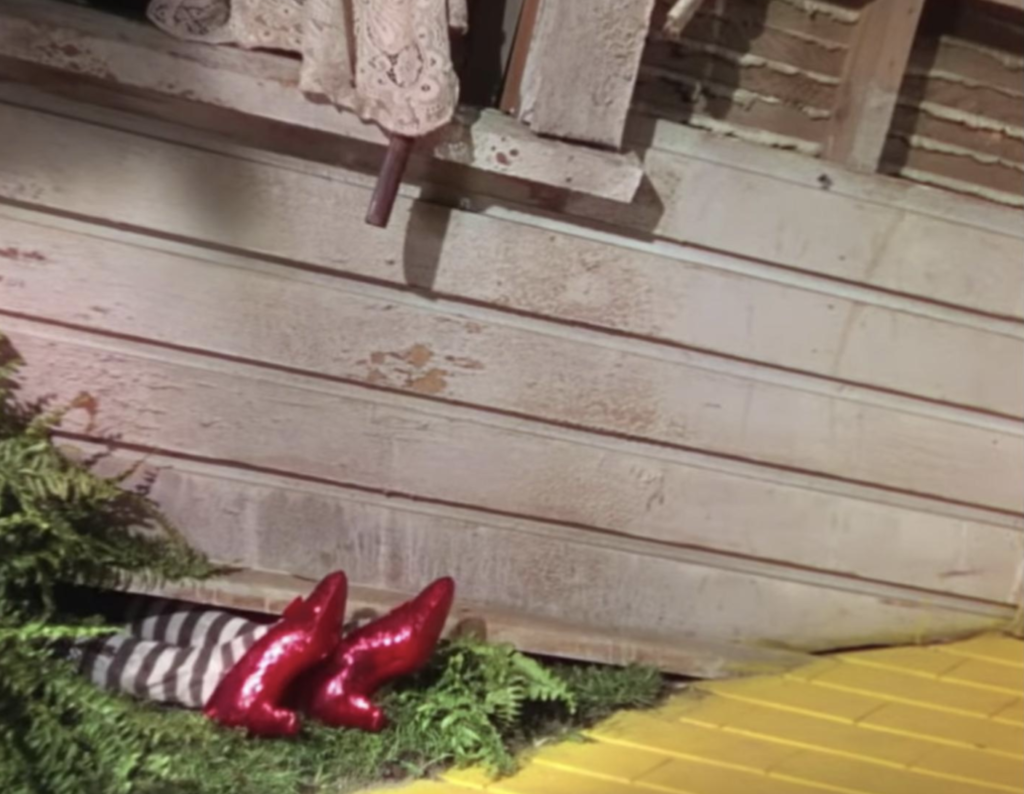
You could also add a semicolon with a conjunctive adverb:
Dorothy’s house landed on the Wicked Witch of the East; therefore, the Munchkins were delighted.
Another option is to switch to a more “powerful” punctuation mark, like a period:
Dorothy’s house landed on the Wicked Witch of the East. The Munchkins were delighted.
A third fix would be to weaken one of the independent clauses by adding a subordinating conjunction, thus turning it into a dependent clause:
Because Dorothy’s house landed on the Wicked Witch of the East, the Munchkins were delighted.
As you can see, there are many different ways to join two independent clauses. However, a comma by itself is not one of them.
Read my full post about comma splices here!
Mistake #2: Commas with Correlative Conjunctions
A correlative conjunction is a pair of conjunctions like “not only…but also,” “either…or,” and “not…but.” When these are in a sentence, they should not be separated by a comma.
Glinda was not only a powerful witch, but also very kind to all the people in Oz.
To correct that error, simply remove the comma that separates the “not only” phrase from the “but also” one.
Glinda was not only a powerful witch but also very kind to all the people in Oz.
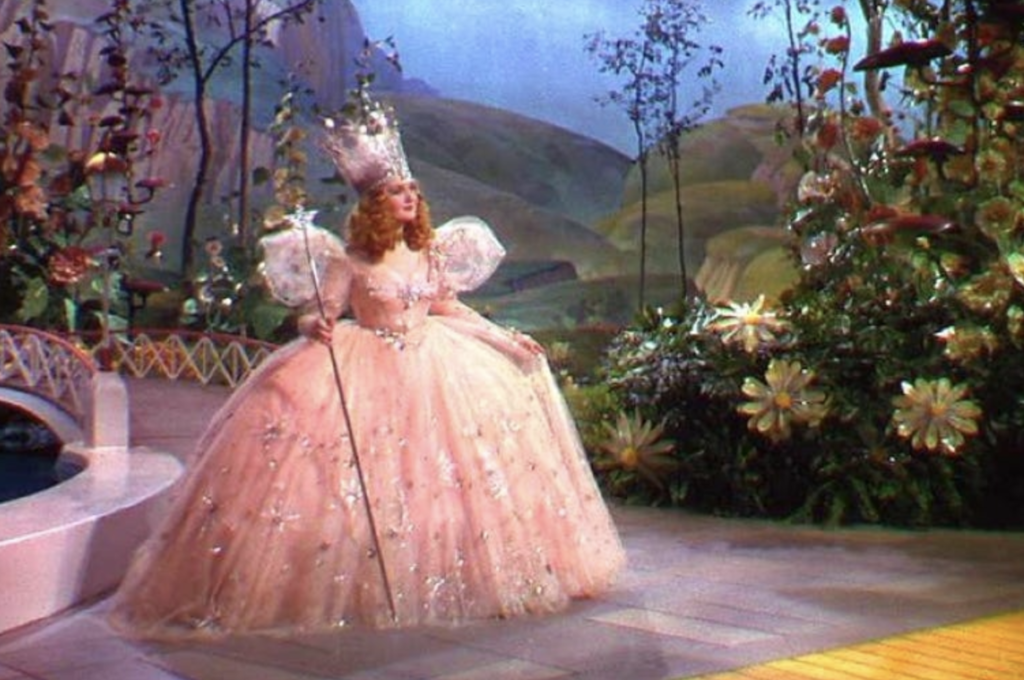
Here’s another example:
Dorothy and her friends were chased by not one flying monkey, but an entire army of them.
Removing that comma corrects the error:
Dorothy and her friends were chased by not one flying monkey but an entire army of them.
Another common correlative conjunction pair is “so…that.” Do not separate this pair with a comma.
The Wizard of Oz was so convincing, that all the people of Oz believed he had magical powers.
The Wizard of Oz was so convincing that all the people of Oz believed he had magical powers.
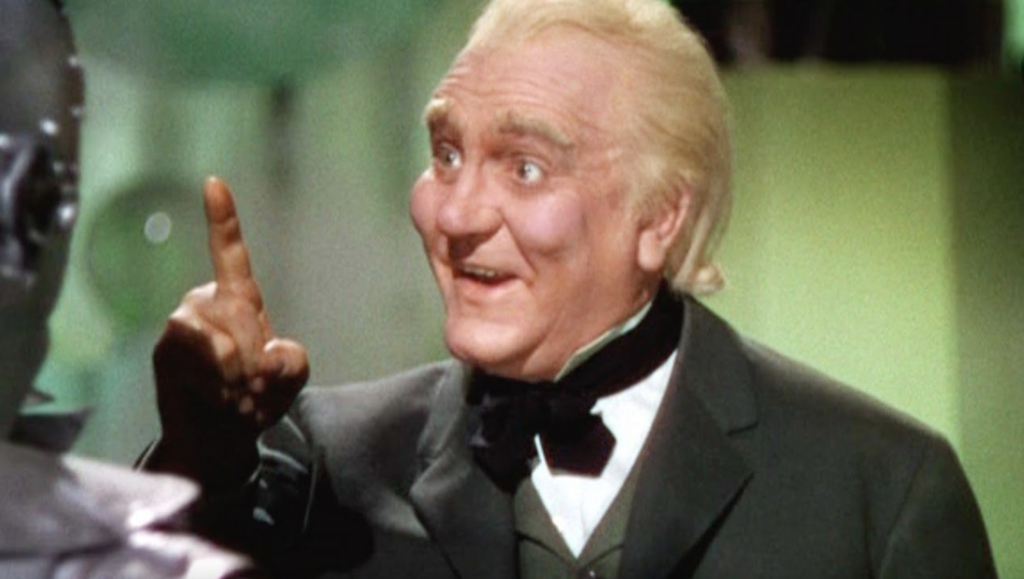
Mistake #3: Miscellaneous Unnecessary Commas
Splitting Up a Compound Predicate
A compound sentence is made up of two independent clauses, which each have a subject and verb. A compound predicate, however, is made up of one independent clause that has a single subject and two (or more) verbs.
Glinda told Dorothy to follow the yellow brick road and warned her to watch out for the Wicked Witch of the West.
This sentence has one subject (Glinda) and two predicates (“told Dorothy to follow the yellow brick road” and “warned her to watch out for the Wicked Witch of the West”). You can tell that it’s not a compound sentence because we couldn’t separate it into two sentences that both make sense on their own. “And warned her to watch out for the Wicked Witch of the West” is not a complete sentence—it’s missing its subject (Glinda).
Do not separate the second part of a compound predicate from its subject.
Glinda told Dorothy to follow the yellow brick road, and warned her to watch out for the Wicked Witch of the West.
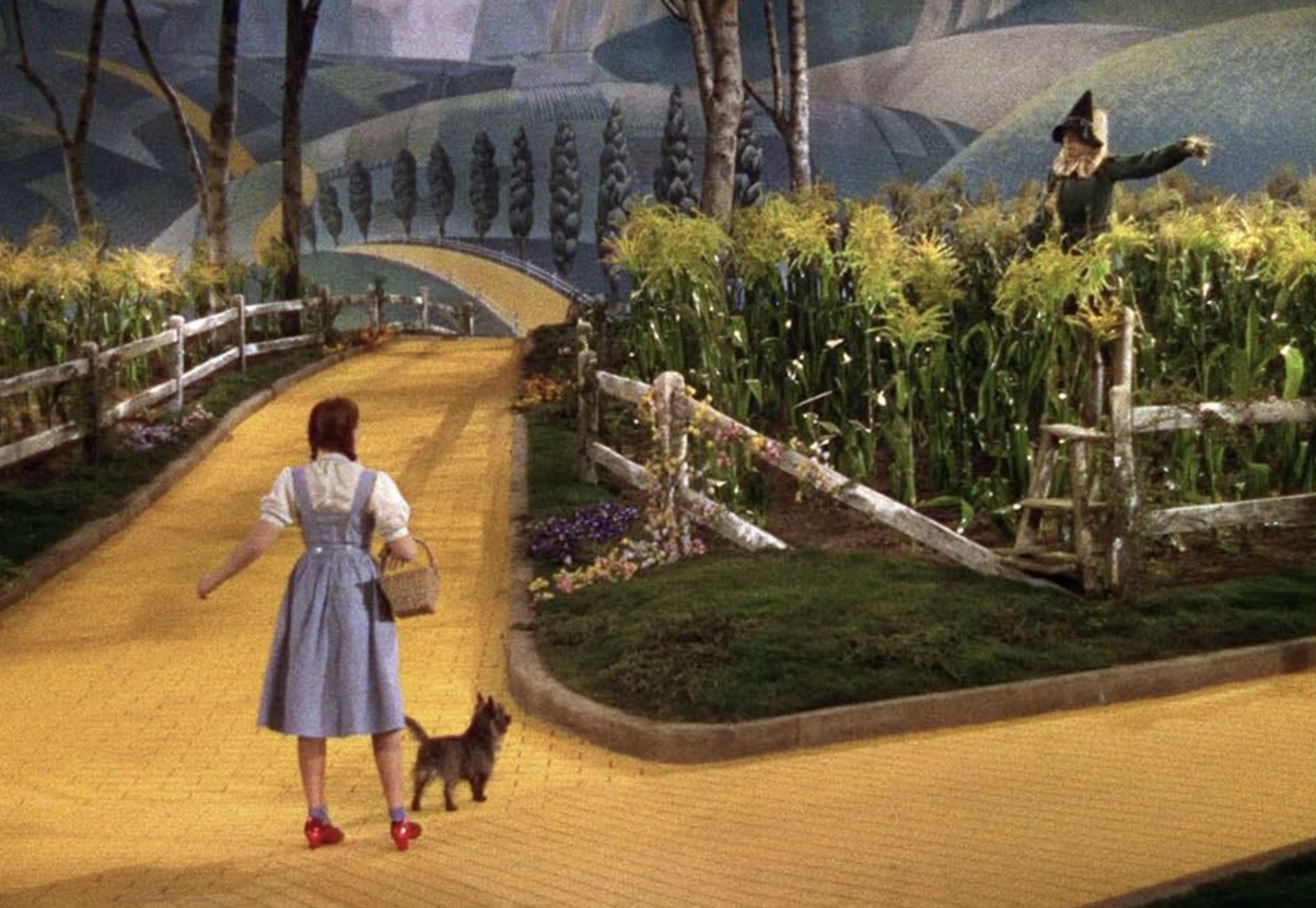
If you can’t find the subject after the comma, you may have accidentally stranded it earlier in the sentence!
Dorothy met several friends on her way to the Emerald City, and hoped the Wizard of Oz would help them all.
That second phrase “and hoped the Wizard of Oz would help them all” is not able to stand on its own. It’s missing a subject—who hoped? Dorothy hoped. But we stranded the subject (Dorothy) earlier in the sentence with a comma, so we need to remove it in order to fix that.
Dorothy met several friends on her way to the Emerald City and hoped the Wizard of Oz would help them all.
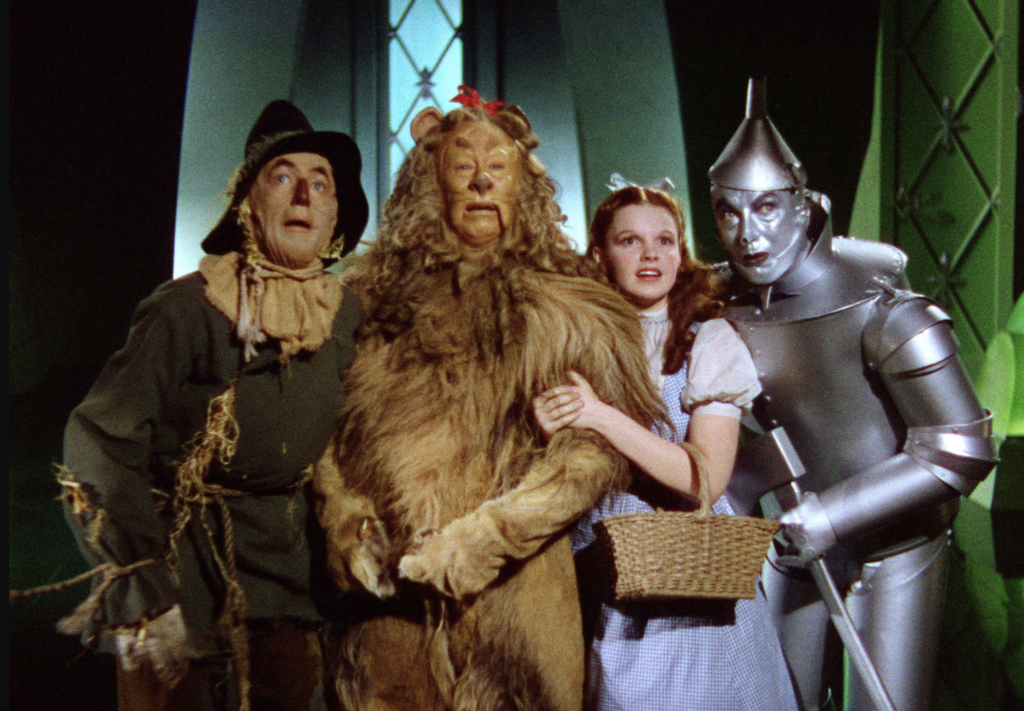
Note that you SHOULD use commas to separate the predicates if you have three or more and you need to punctuate them as a series.
Dorothy splashed water on the Wicked Witch of the West, was given the witch’s broomstick by the guards, and took that broomstick back to the Wizard of Oz.
Leaving a Subject Stranded
Sometimes people will strand a subject from its verb even without having multiple verbs in a sentence. This is an error.
The small dog called Toto, was devoted to Dorothy.
The subject is “the small dog called Toto” and the verb is “was devoted,” but the two are being separated by a comma. Remove the comma to correct this.
The small dog called Toto was devoted to Dorothy.
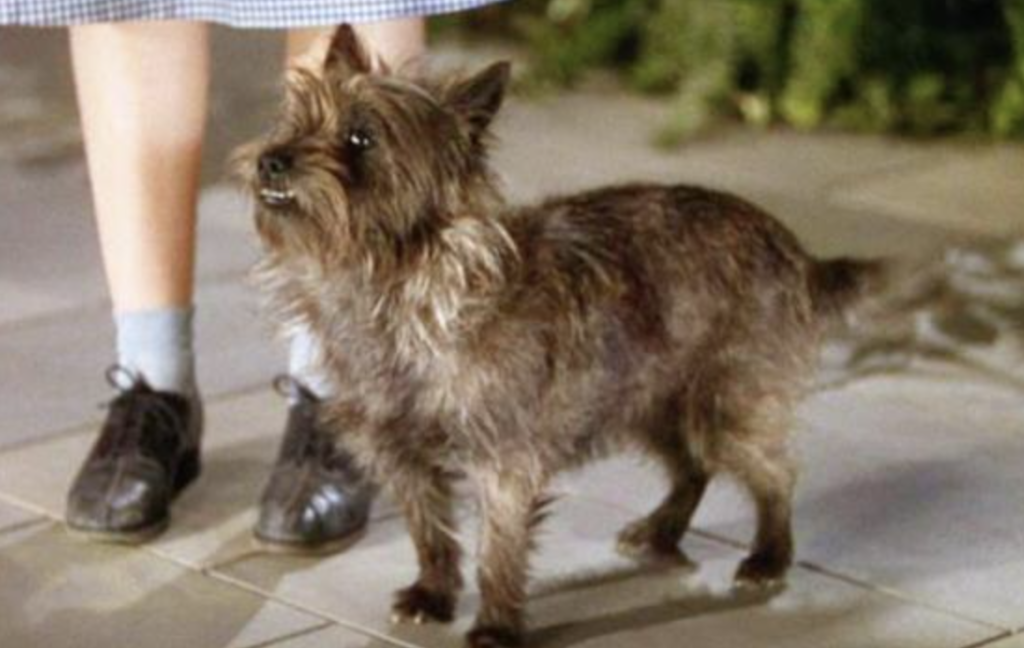
Cutting Off Essential Information
Information that is essential to a sentence’s meaning should not be separated from its identifier with commas.
The Wicked Witch of the West’s goal, to obtain the ruby slippers, was thwarted when Dorothy splashed her with water.
The essential information in that sentence is “to obtain the ruby slippers,” and the identifier is “the Wicked Witch of the West’s goal.” The essential information defines the identifier. What is her goal? It’s to obtain the ruby slippers.
If that is her ONLY goal, then it SHOULD be set off with commas. But if she has other goals (to get Dorothy and her little dog too, perhaps), then the commas should be removed because the information about the specific goal that we’re referring to is essential. If we pulled out the information about the ruby slippers, we wouldn’t know which goal was thwarted. That makes it essential, so we should get rid of the commas.
The Wicked Witch of the West’s goal to obtain the ruby slippers was thwarted when Dorothy splashed her with water.
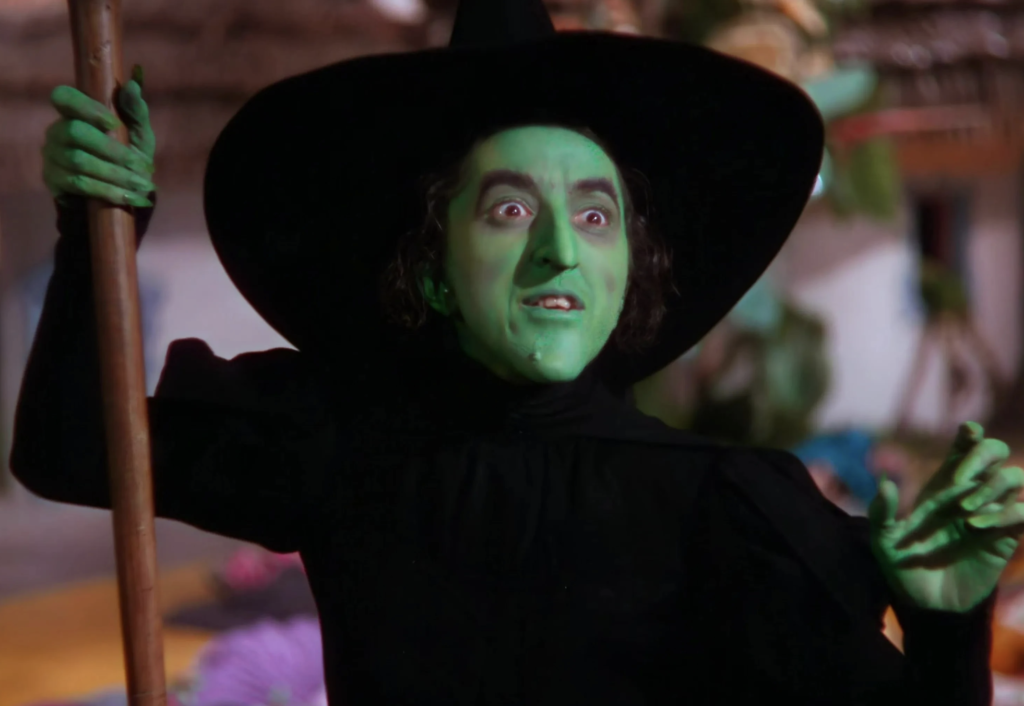
Ben Yagoda of the New York Times explained this rule well: “The basic idea is that if the name is the only thing in the world described by the identifier, use a comma before the name (and after it as well, unless you’ve come to the end of the sentence). If not, don’t use any commas.”
Dorothy’s wish, to return to Kansas, motivated her to keep going despite trials and hardships.
We can assume that Dorothy has multiple wishes; therefore, the specific information about which wish motivated her is essential. We need to remove those commas.
Dorothy’s wish to return to Kansas motivated her to keep going despite trials and hardships.
Separating a Dependent Clause with a Subordinating Conjunction
According to the Chicago Manual of Style, “a dependent clause that follows a main, independent clause should not be preceded by a comma if it is restrictive—that is, essential to fully understanding the meaning of the main clause.” (Yep, this one is also about essential information—that qualifier plays a big role in deciding whether a comma should be included or not!)
The Tin Man wanted to visit the Emerald City, because he thought the Wizard could give him a heart.
The subordinating conjunction is “because,” and the information following that conjunction is essential to our understanding. Therefore, the comma should be removed.
The Tin Man wanted to visit the Emerald City because he thought the Wizard could give him a heart.

Note that this only applies if the dependent clause (the one that begins with a subordinating conjunction) comes AFTER the independent clause (the one that could stand on its own as a full sentence). If the dependent clause comes first, it SHOULD have a comma after it.
Because he thought the Wizard could give him a heart, the Tin Man wanted to visit the Emerald City.
Mistake #4: Finally a Sin of Omission
We’ve gone through several instances where people usually add unnecessary commas to their sentences. Now it’s time to talk about a time when people tend to forget an essential comma.
You must have a comma before the coordinating conjunction in a compound sentence. A compound sentence is two independent clauses joined by a comma and coordinating conjunction. Coordinating conjunctions are the FANBOYS words (for, and, nor, but, or, yet, and so).
So the layout looks like this: [Independent clause], [Coordinating conjunction—FANBOYS] [Independent clause].
Without the coordinating conjunction, you have a comma splice.
The Wizard of Oz arrived in a hot air balloon, he decided to stay instead of returning to Kansas.
Without the comma, you have a run-on sentence.
The Wizard of Oz arrived in a hot air balloon and he decided to stay instead of returning to Kansas.
With both, you have a proper sentence!
The Wizard of Oz arrived in a hot air balloon, and he decided to stay instead of returning to Kansas.
Without the subject “he” before “decided” in that second independent clause, we would have a compound predicate: “The Wizard of Oz arrived in a hot air balloon and decided to stay instead of returning to Kansas.” In that case, we would NOT use a comma because we shouldn’t ever separate a subject from its predicate. However, because we named the subject again before the second predicate, it becomes another independent clause that should be separated from the first one by a comma and coordinating conjunction.
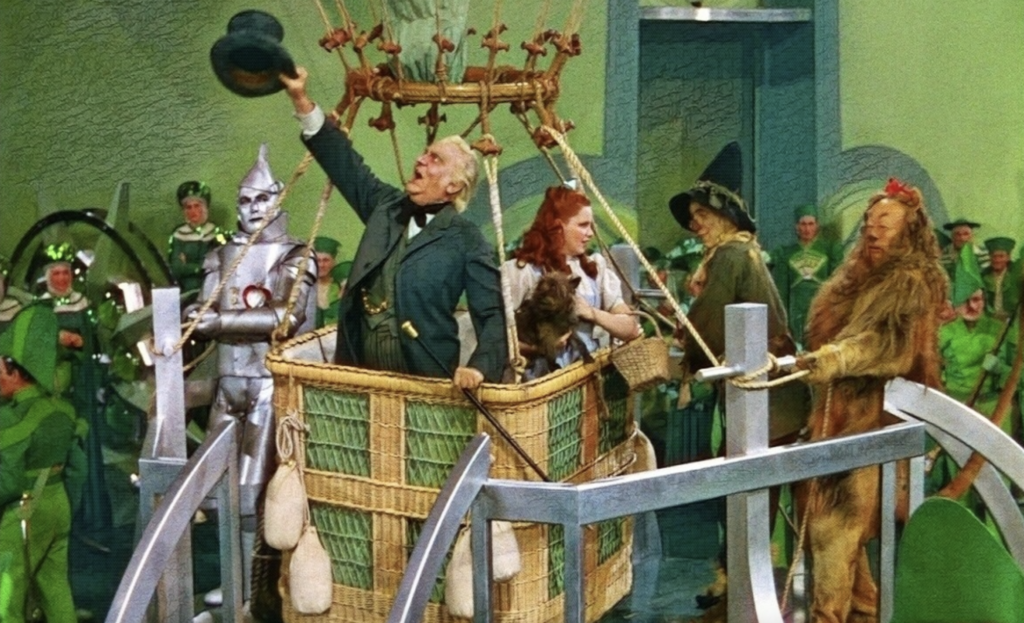
Honorable Mentions
There are a couple more common comma mistakes that I wanted to mention briefly. I have full posts about both of these errors, so you can check those out for more information!
The Oxford comma is generally essential for clarity and should be included. In the sentence “Dorothy, the Cowardly Lion, and the Scarecrow went to the Emerald City,” the comma before “and the Scarecrow” is the Oxford comma.
Learn more about the Oxford comma here!
Commas SHOULD be used to surround a nonrestrictive relative clause but should NOT surround a restrictive relative clause.
Learn about restrictive and nonrestrictive clauses here!
There are certainly a lot of dos and don’ts when it comes to commas, but understanding these common mistakes will definitely help you make the correct decision most of the time!
Sick of commas? Learn about colons and semicolons here!
Sources:
- The Chicago Manual of Style. 17th ed. Chicago, IL: The University of Chicago Press, 2017.
- Einsohn, Amy. The copyeditor’s handbook. 3rd ed. Berkeley and Los Angeles, California: Univ of California Pr, 2011.
- Truss, Lynne. Eats, Shoots & Leaves: The Zero Tolerance Approach to Punctuation. New York, NY: Gotham Books, 2003.
- Yagoda, Ben. “The Most Comma Mistakes.” The New York Times, May 21, 2012. https://archive.nytimes.com/opinionator.blogs.nytimes.com/2012/05/21/the-most-comma-mistakes/.
